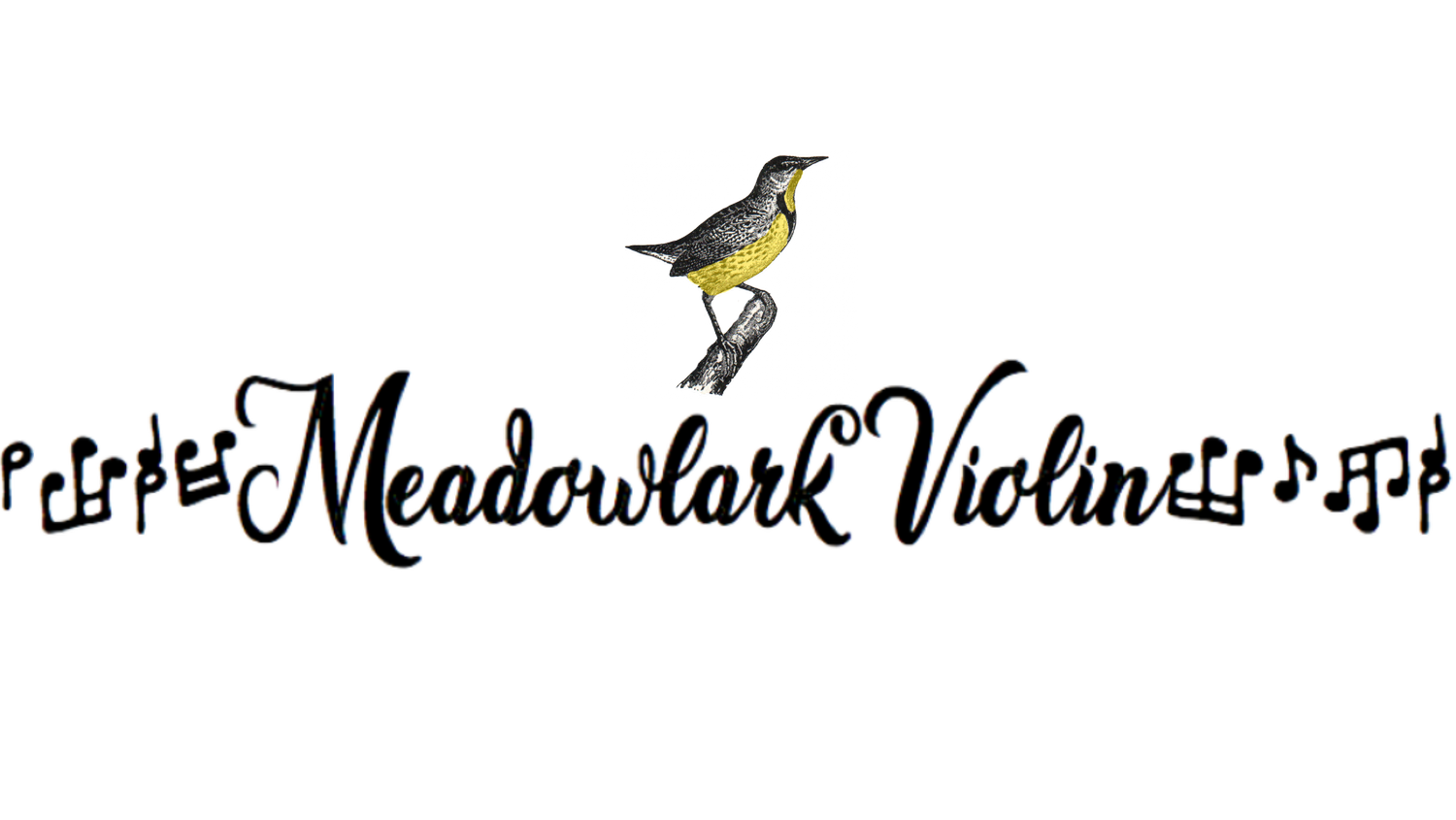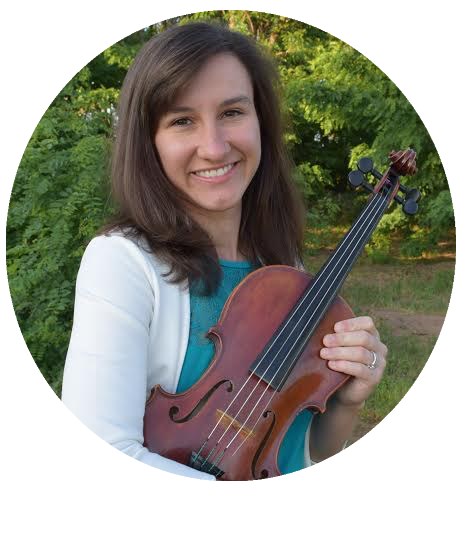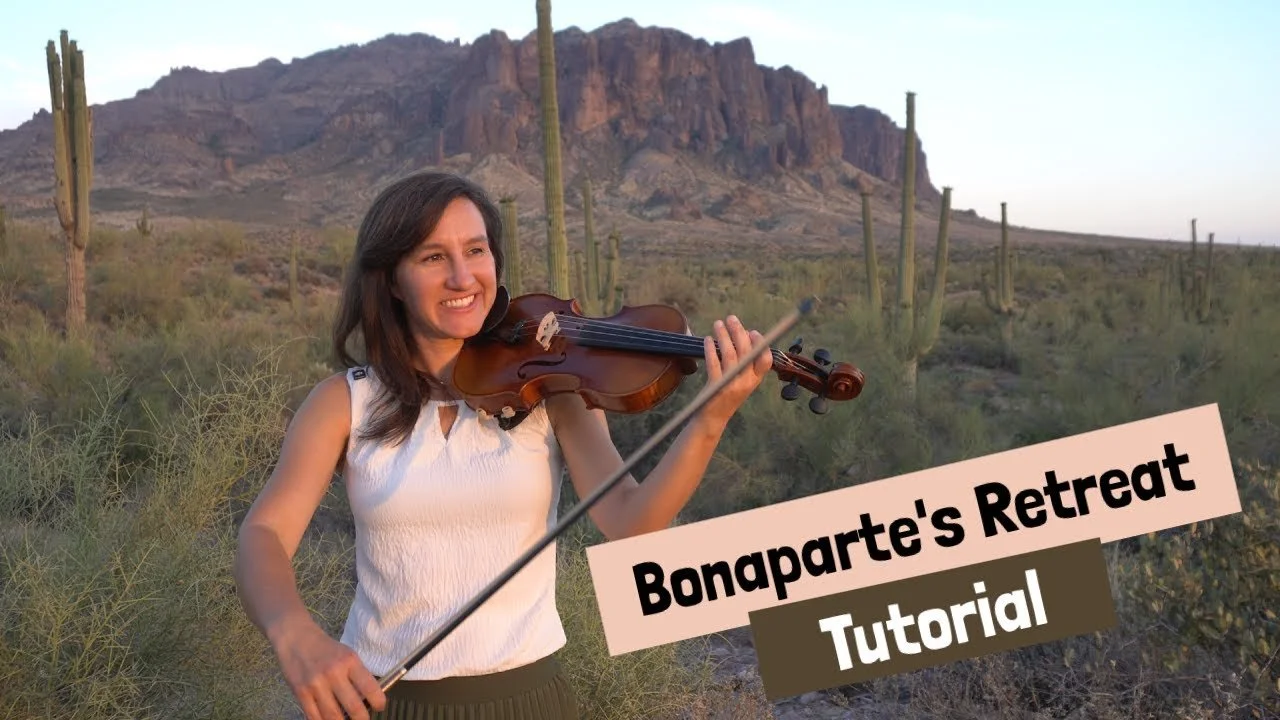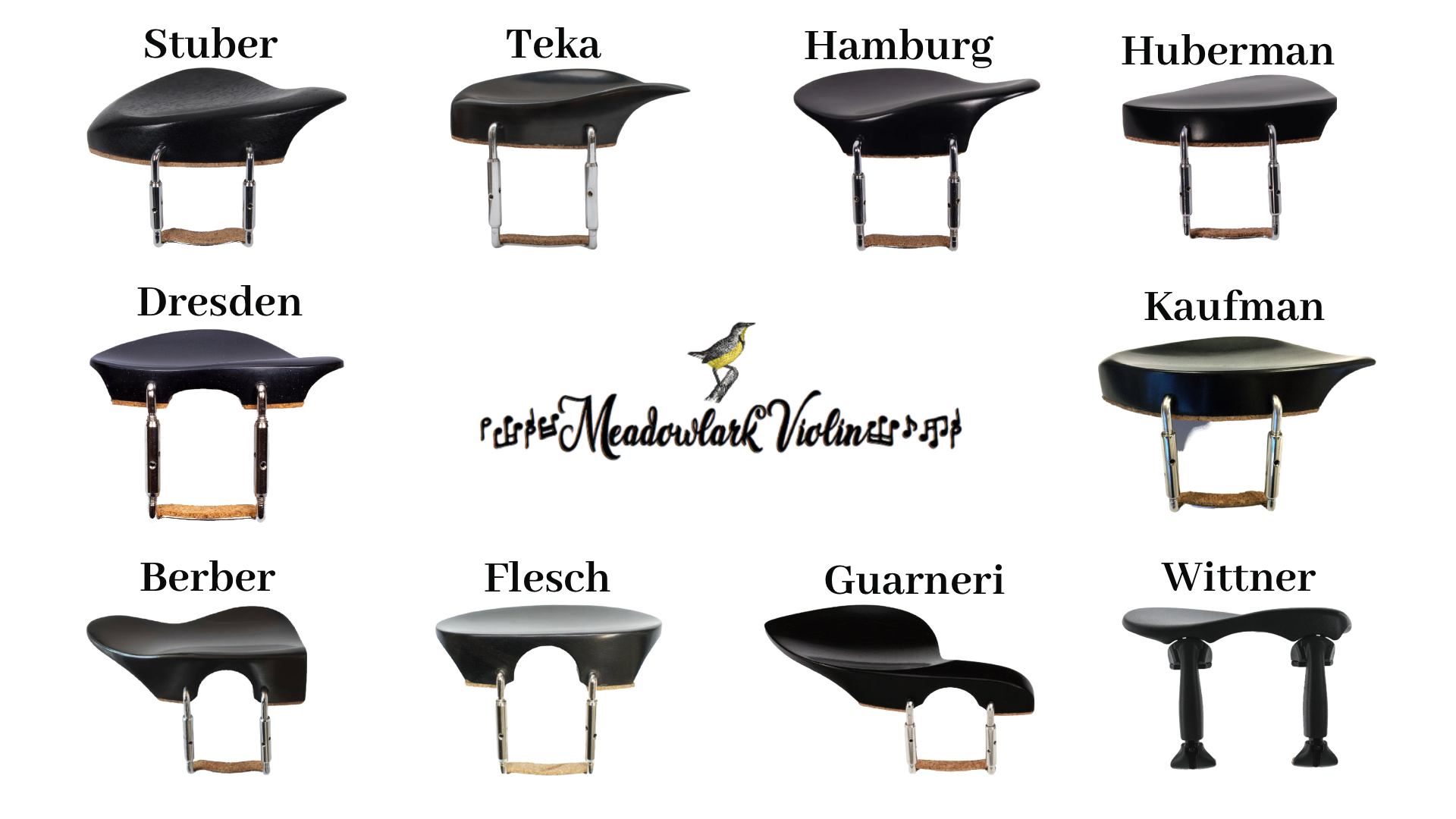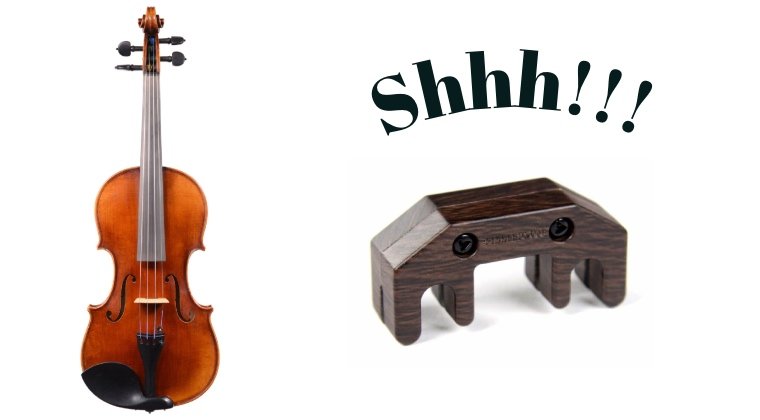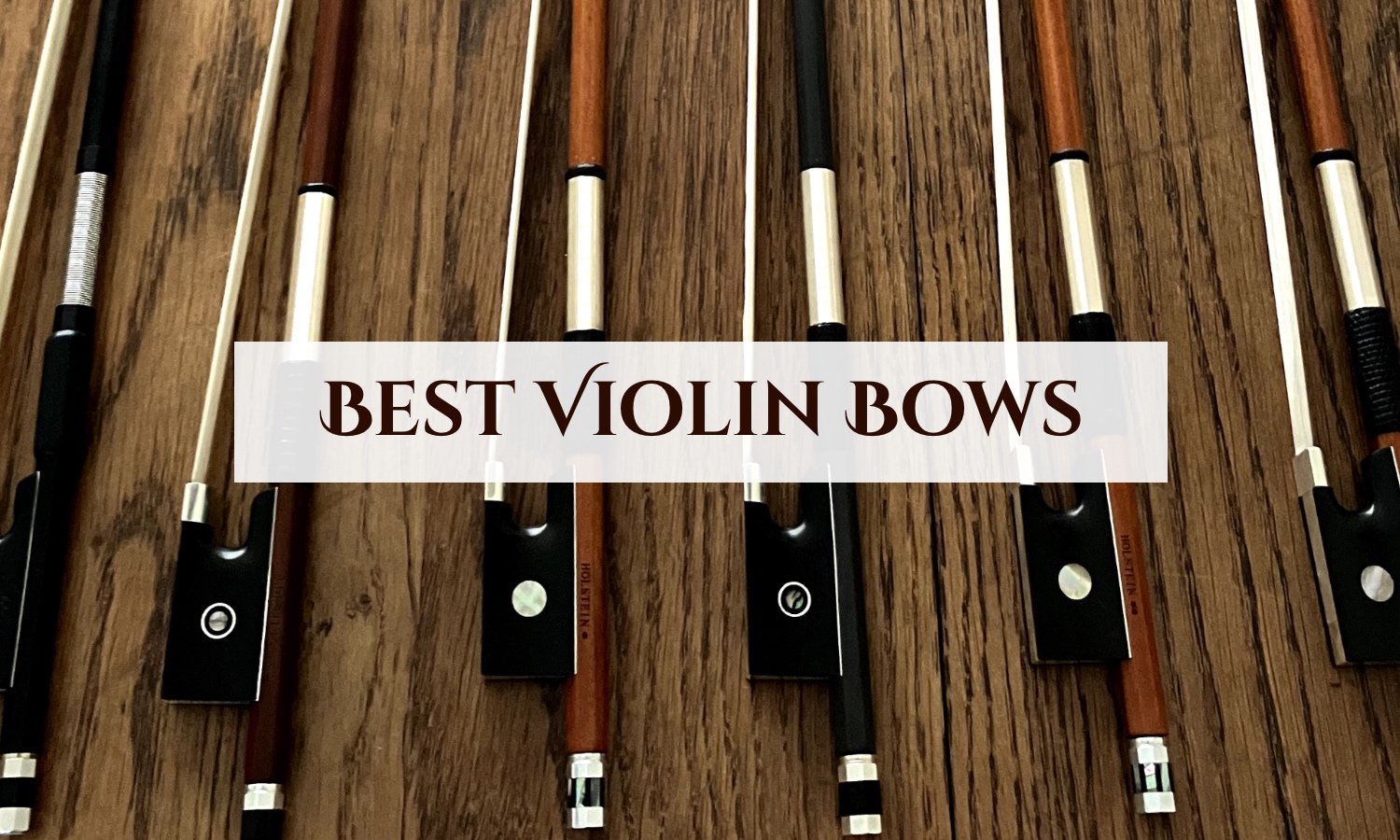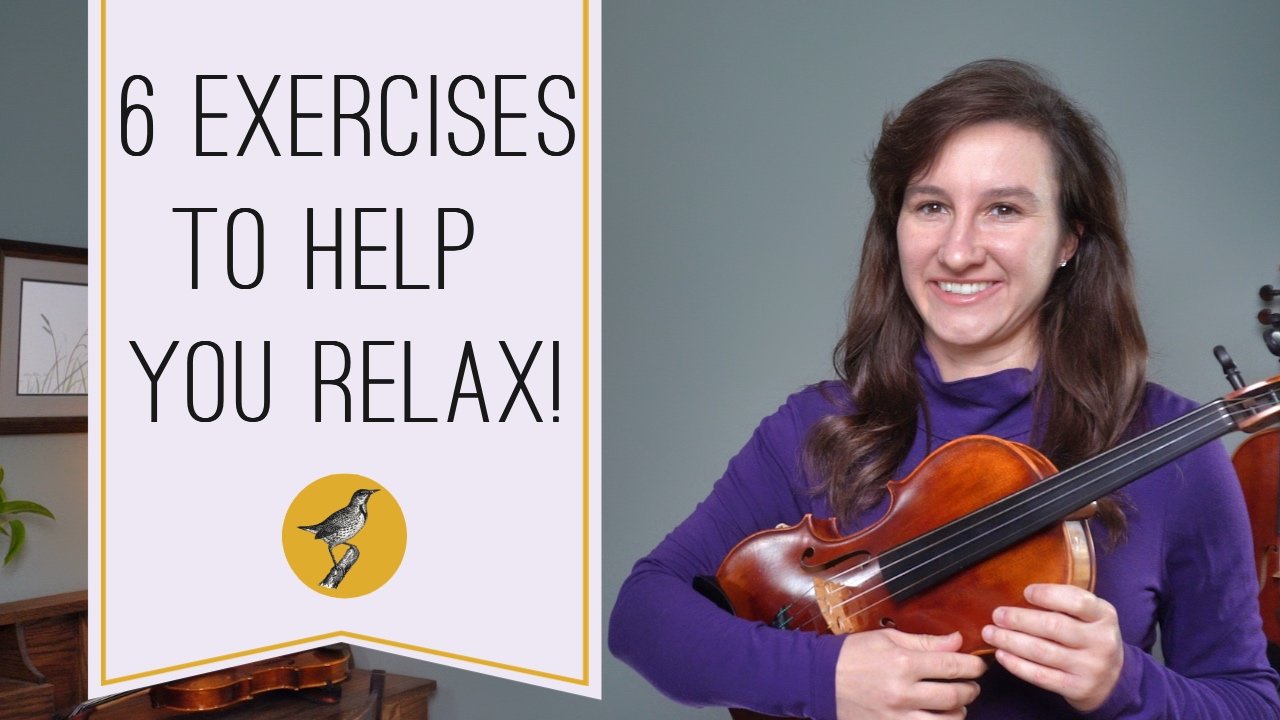3 Tips for Better Double Stops on the Violin
/A double stop on the violin occurs when we play two strings at once. While this may seem fairly simply on paper, there’s definitely a lot going on when we play on two strings.
If your double stops on the violin are sounding scratchy or sloppy, here are my top 3 tips for better double stops!
Think About Your Right Elbow Height!
Your right elbow height changes when you change to play on a different string (or it should). If you’re playing on two strings, you need to find an elbow height in between each of the strings. You can often think of playing on two strings as splitting the difference and playing on an imaginary string in between the two strings.
Use A Lot of Bow
When you’re playing double stops on the violin, there’s a lot to think about. It’s easy to focus entirely on intonation and getting those left hand fingers in tune. But this can cause you to ignore the bow and slow the bow speed down, which can actually make your problems worse. Yes, you can play double stops with slow bow speed, but when you are first learning to play double stops on the violin, use lots of bow and very fast bow speed. This will make it much easier!
Think About Your Left Elbow
Mastering double stops is really about understanding the role of the elbows in violin playing. Adjusting your left elbow forward and back changes the angle at which the finger contacts the string. Try placing a finger down on any string and keep it there as you swing the elbow forward and back. Watch how rotating the elbow brings the finger closer or further away from the adjacent strings.
If you’re playing on two strings, you want to make sure the fingers aren’t accidentally touching strings that they shouldn’t be touching. Bringing the elbow forward slightly can help rotate your hand so that you are playing more on the fingertips, which will help prevent accidentally touching the wrong string.
